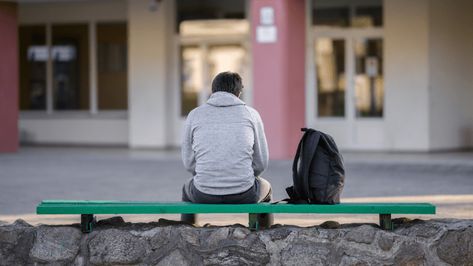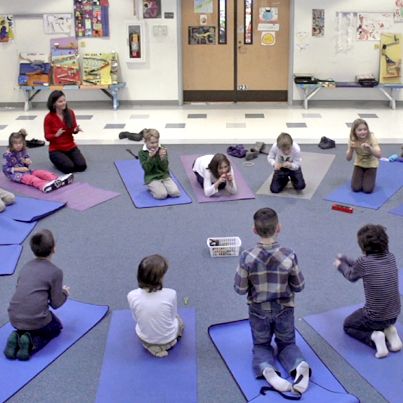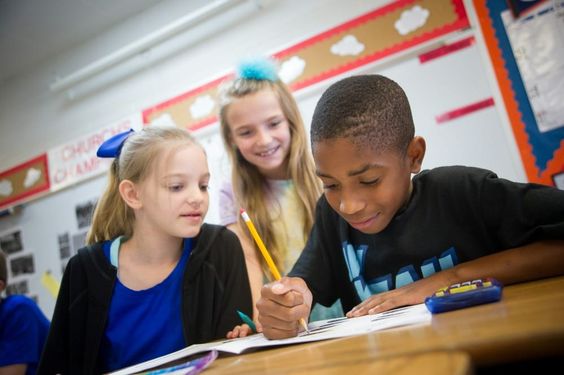Introduction:
In today’s social media-driven world, one trend that seems to be gaining traction at an alarming rate is the performance of dangerous and sometimes harmful acts in the name of going viral. TikTok, a popular video-sharing app, has become a breeding ground for questionable challenges that often place individuals in awkward, dangerous or even illegal situations. One such situation occurred when a student shoved their teacher on a TikTok dare – and faced no consequences.
The Incident:
The teacher involved in the incident was walking down the hallway when they felt a forceful push from behind. Upon turning around, they discovered it was one of their own students who had not only shoved them but also recorded the act on their phone. To make matters worse, the student gleefully admitted that they participated in this act of aggression as part of a dare from their friends on TikTok. The video footage made its way onto the platform and garnered thousands of views, applause, and encouragement from viewers.
Lack of Consequences:
Despite being witness to proof of the outright assault, the school administration chose not to take any significant disciplinary action against the offending student. While some may argue this decision resulted from fear of backlash from students or parents who might see any official action as an overreaction, it sends a dangerous message that such behavior is acceptable or even encouraged.
The Role of TikTok Challenges:
As TikTok continues to flourish among younger users, its influence on these individuals is apparent. While many challenges are harmless fun or creative outlets, others involve risky behavior that can result in physical harm or legal trouble. By participating in these challenges and showcasing them online for others to see and mimic, users are inadvertently promoting dangerous ideals without considering potentially severe consequences.
The Need for Change:
To curb this trend of reckless behavior inspired by TikTok challenges, change must come from both individual and collective efforts. Users must understand the gravity of their actions and the potential consequences of blindly following trends. Platforms like TikTok have a responsibility to actively monitor content and discourage any challenges that encourage harm or unlawful situations.
Educational institutions must also play a part in addressing the issue. Open dialogue between teachers, students, and parents is essential to educate all parties on the hazards and consequences of participating in unsafe challenges – both on and offline. When incidents such as the shove occur, schools must enforce disciplinary actions to ensure students are held accountable for their actions.
In Conclusion:
The incident of a student shoving their teacher without facing consequences is a stark reminder of the potentially hazardous influence social media platforms like TikTok can have on their users. For society to shift away from this trend of dangerous challenges, it requires ongoing effort from individuals, online platforms, and educational institutions alike to ensure appropriate action is taken when boundaries are crossed. Only then can individuals understand the full scope of their behavior and think twice before engaging in dangerous activities for fleeting online fame.











